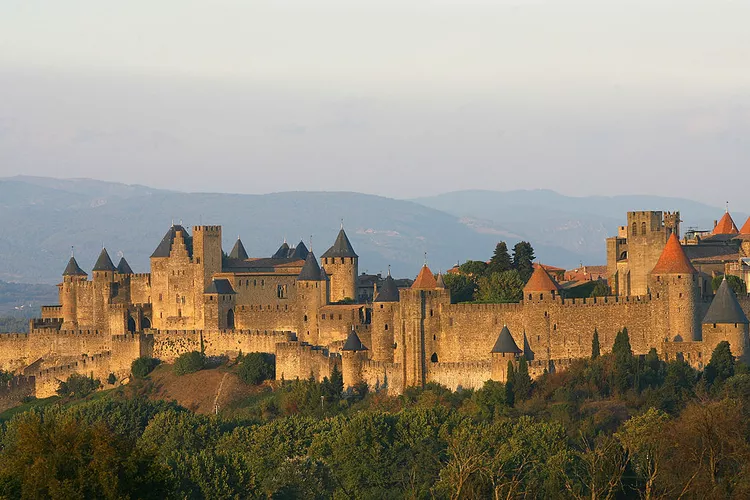Summary
Introduction to Languedoc-Roussillon
The Languedoc-Roussillon Region of France is an undiscovered gem filled with a breathtaking coastline, some of France’s best cuisine, a rich Medieval history, and amazing architecture. Furthermore, it boasts spectacular historic Roman architecture. Bordering Provence, Languedoc-Roussillon is just as charming and beautiful, yet it is less tourist-ridden and more affordable. In addition, France’s most up-and-coming wines originate from this region.
Originally, the name referred to langue d’oc—the language of oc—and the region extended from Bordeaux, on the west coast, to Lyon in central France, into Spain and across to northwest Italy. In January 2016, it was integrated into a new region: Occitanie, along with Midi-Pyrénées.
Major Cities
Languedoc Roussillon is one of the least densely populated regions of France; however, it is home to several unique and fascinating mid-sized cities, including:
- Carcassonne: Featuring a miniature city that is a fortress, this site represents one of France’s great attractions. It is advisable to avoid high-season visits, but if you go, consider an early morning trip.
- Limoux: Located 25 kms (15 miles) south of Carcassonne, this is a charming little city known as the true birthplace of the first sparkling wine, Blanquette.
- Montpellier: A vibrant city that embodies southern French charm, with a university dating back to the Middle Ages.
- Nimes: Renowned for its remarkable Roman remnants, including an arena where gladiatorial dramas take place.
- Perpignan: A large city with Catalan uniqueness, situated just a few minutes from Spain. Be sure to explore the picturesque Côte Vermeille just south.
Getting There
Accessing Languedoc is simple; you can fly into Montpellier, Barcelona, Perpignan, Nice, or Paris and subsequently travel by train or rental car to this beautiful region. Additionally, with a Europe or France rail pass, you can take the train to stations like Sete, Montpellier, Carcassonne, or Perpignan, among others within the Languedoc region.
For those eager to explore the lovely smaller villages, the stunning Pyrénées scenery, and the countryside of Languedoc, consider renting a car for a more in-depth experience.
Top Attractions and Things to Do
The Languedoc offers an abundance of attractions that appeal to a wide variety of travelers. There is something for everyone, whether you are a wine lover, history enthusiast, or beachgoer. Key spots worth visiting include:
- Cathar Country: Encompassing numerous Cathar ruins, chateaux, cities, and villages, this area holds a wealth of history. Don’t miss Montségur, where the Cathars made their final stand against the Crusaders in 1244.
- Cap d’Agde: Known as the world’s Mecca of nudism, it features a small gated nudist community.
- La Cité in Carcassonne: A fortified Medieval village that stands proudly within this city’s walls.
- Place de la Comédie in Montpellier: A lively and expansive square filled with cafés, historic architecture, and outdoor markets.
Where to Stay
Languedoc offers a range of accommodations suitable for every budget. Here are a few noteworthy options:
If luxury is your desire, the four-star Hôtel de la Cité in Carcassonne boasts magnificent views over the fortified walls.
Le Donjon in Carcassonne is an economical choice located at the heart of La Cité, providing a medieval feel right at your doorstep.
The 4-star boutique Villa Duflot in Perpignan offers a lush and luxurious experience.
For a unique experience, Hotel Eve is the only hotel situated in Cap d’Agde’s naturist quarter, perfect for adventurous travelers.





